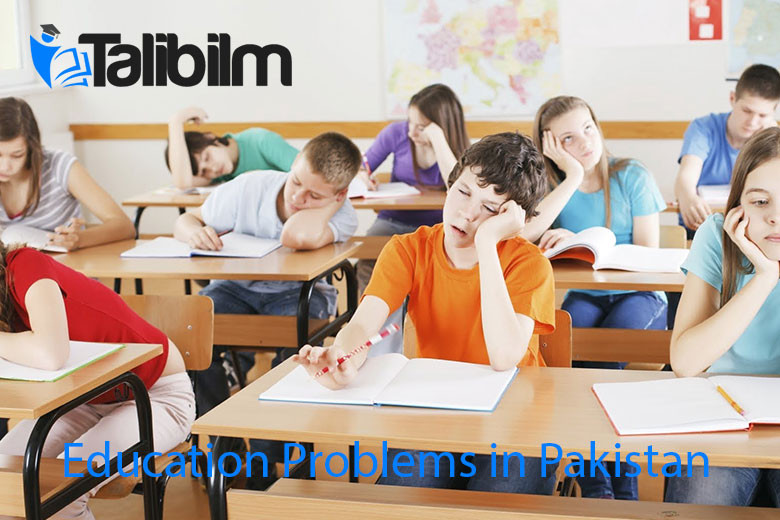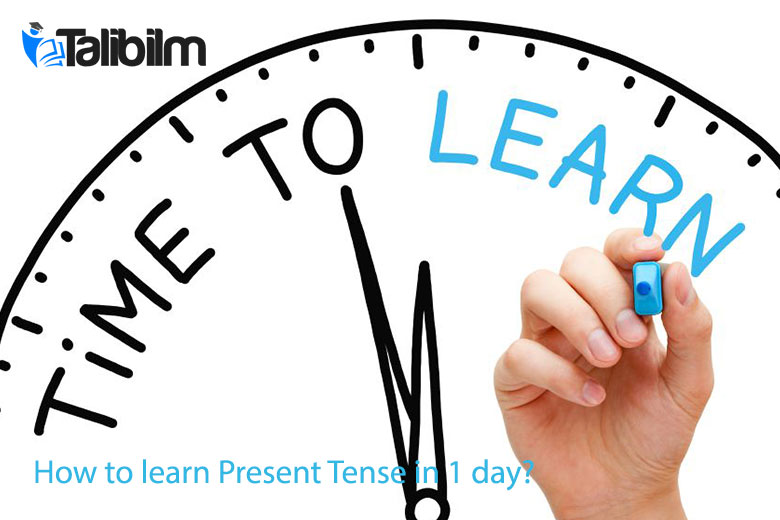Before talking about education problems in Pakistan let us discuss what is education and why is it important? Education is a simplistic task to learn and to gain knowledge. Of Course education starts within the home and is not just confined to schools. However, formal education initiates in the school.
Diogenes Laertius had said that every state’s foundation is based on its youth’s education. Just educated individuals have the capability to make timely informed decisions. It is also true that education transforms a person to be an active and responsible citizen in the community. Through education individuals are provided with the right tools to achieve success, whilst using their skills constructively.
Education Problems in Pakistan
Education is regarded as a nation’s most affordable defense. However, observing the education problems in Pakistan, it is evident that the education sector is incapable to come to its own defense.
Pakistan’s education system is currently experiencing a severe crisis. A variety of difficulties are the result of the fragility in Pakistan’s education system, even endangering the fate & democracy of the nation.
Thus, there is a necessity of improving the education inside classrooms. This will both strengthen democracy, whilst ensuring social security.
During Pervaiz Musharraf’s government when the education sector received a lot of funding and investment, a positive educational change was observed within the Pakistani community. Now we can say there is less funding and investment opportunities that’s why it comes under education problems in Pakistan.
The Pakistani Constitution stated that illiteracy will be removed, whilst compulsory and free secondary education will be provided in the shortest time possible.
Education Problems in Pakistan: Some Key Issues
- Children who should attend school not enrolled
During 2013 to 2014, the all-inclusive enrollment showed an increase from 42.9 million learners to the total of 44.4 million during 2014 to 2015, whilst it escalated to 47.5 million during 2015 to 2016.
A key problem is the fact that children who should attend school, are not enrolled. However, we will be focusing on children who are enrolled.
Thus, it is clear that the number of non-attenders is not insignificant. During 2015 to 2016, children in the age group of 5 to 16 years were enrolled, whilst the vast number of 22.6 million did not attend school.
Why do we have a lot of education problems in Pakistan?
The following are amongst the reasons why children don’t attend school or drop out:
- Children are kept home by their families to assist with farm work or other activities which generate an income.
- The children are not motivated to study.
- Incapability to pay education-related expenses.
Pakistan’s, Balochistan province, according to the rural data of ASER, is at the top when it comes to children not enrolled at school, whilst Kashmir & Jammu have the lowest percentage.
As per expectation the poorer children primarily are enrolling in public schools, whilst the richer learners most of the time, are attending private schools.
This can give rise to frustration and social polarization amongst the nation. When quality education can’t be accessed by every citizen in society, it can lead to distrust among the people.
This in turn, weakens citizens’ capability of working in a cooperative manner. Resentment can be provoked where there exists a shortage of opportunities.
This can lead to instability within a country, weakening its democracy.
- Considerable Lack of Trained Teachers
Education problems in Pakistan are not just few they are many if we talk about exact numbers. However, we are discussing here only most important issues. During 2013 to 2014, the number of teachers who taught from primary school to the higher levels of secondary school, showed an increase from 1.27 million, whilst during 2015 to 2016 the total was 1.35 million. An interesting fact is that although existing teachers received escalating amounts of money, there still exists a considerable shortage of teachers.
As per the 2014 to 2015 PES, an astounding percentage of 23.7 authorized posts in Baluchistan were vacant, whilst the percentage for Punjab soared to 16.5.
A lot of teachers have to teach, in one session, learners from various grades and in a single class room which may result in affecting the students’ ability to learn.
It also has an effect on the capability of a teacher in following the curriculum of a specific grade. During 2013, the total was 11.7% for the urban schools, whilst for rural schools it was 22.1%.
Another great issue is the fact that there is a shortage of technical education, which results in a lack of people with technical skills.
- Regional Disparity
It poses to be that regional disparity is a major issue. Schools located in Balochistan, which is Pakistan’s largest province with regards to area, are not as impeccable in comparison with Punjab, Pakistan’s largest province as far as population is concerned. So, this would be among considerable education problems in Pakistan.
- Funding
Pakistan is experiencing many issues in its education sector. However, insufficient funding, poses to be the most significant aspect. The current government reduced its education budget by almost 50%.
This insufficient funding jeopardizes both the impact and quality of teaching inside classrooms. A lack of funding leads to a minority of individuals who can acquire for instance quality books and laboratories. Thus, Pakistan’s capability to progress is imperiled.
- Gender Imbalance
Drastic gender imbalance leads to harm different education systems. Pakistan is a significant model where out-of-school children are mostly girls.
Various factors exist for this imbalance, including: gender discrimination, cultural views, apprehensions as well as threats from both teachers and fellow students.
Thus, in turn, this gender imbalance is affecting the development of both families & societies.
- Poverty as main education problem in Pakistan
Another aspect which is restricting, is poverty, when parents have to decide whether to enroll their children at private or public schools. Thus, it is their preference to enroll their children at madrassas, which implies free education.The minister of education, recently declared that a brand new education policy will be rolled out for the next 10 years. In this policy it is stated that public schools in Pakistan will be elevated to private schools’ level.
However, no discussions were held, although a notice to private schools was issued for the induction of the government course within the 5th & 8th class, whilst these classes have to take the board examinations.
Conclusion
Low funding, high fee structure and polarisation resulted in the difficulties within the Pakistani education system.
This affects both the citizens, whilst causing issues regarding the democratic process. Pakistan’s low literacy rate of 58% brings about that people many times don’t know how to observe the abilities of political leadership.
Thus, democratic standards are highly coordinated with education as well as a higher literacy level, which result in a more efficient democratic system, taking into account the education problems in Pakistan.




